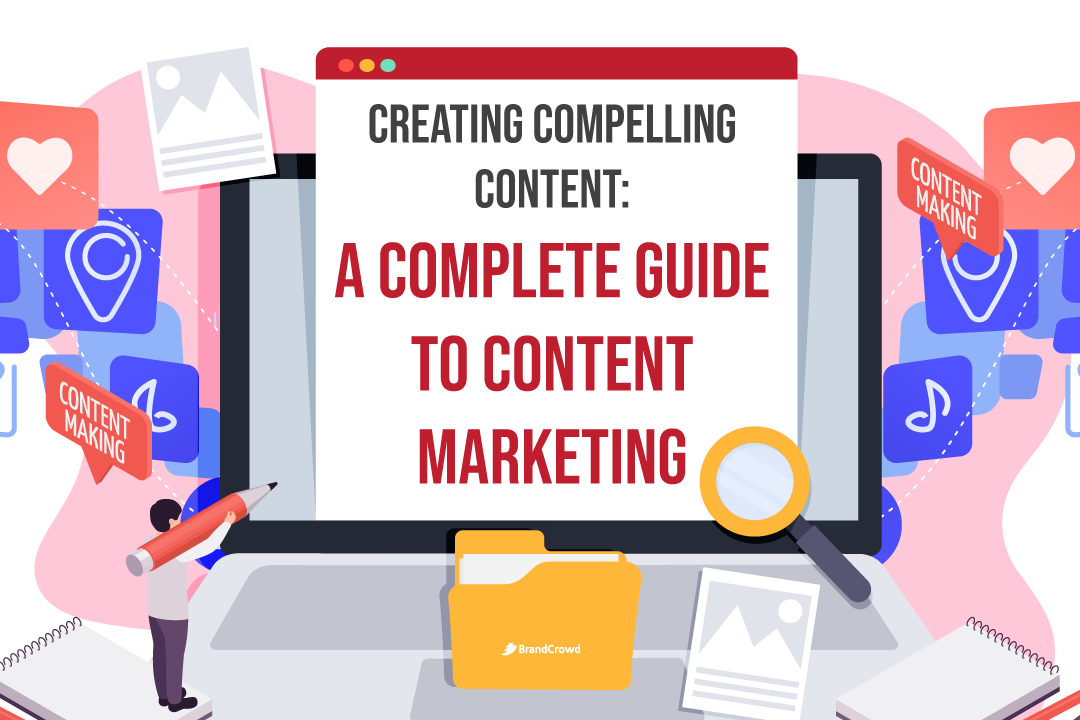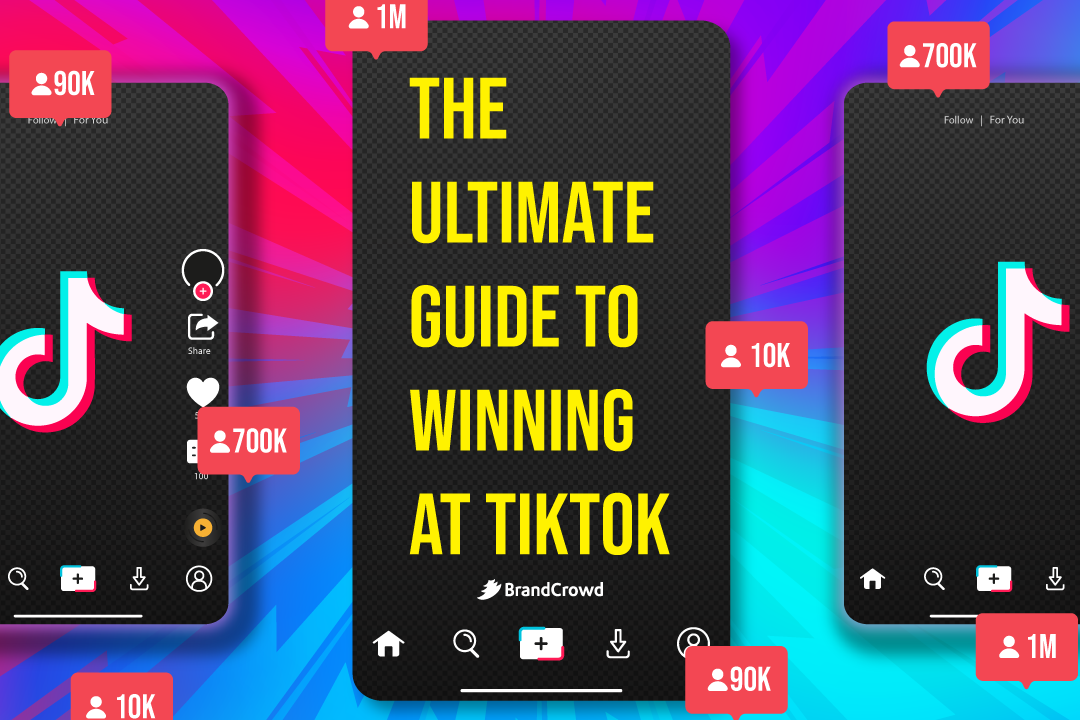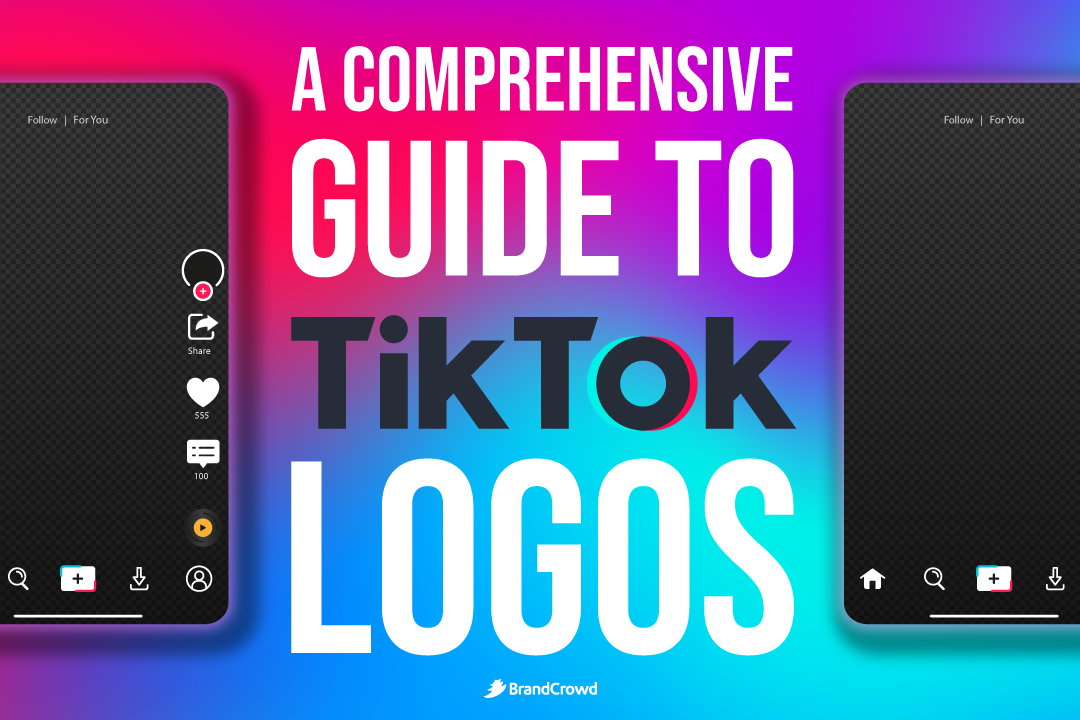Creating Compelling Content: A Complete Guide to Content Marketing
- I. Introduction
- II. What is Content Marketing?
- III. What Are the Types of Content?
- IV. Benefits of Content Marketing
- V. Stages of content creation
- VI. Budget for Content Marketing
- VII. Content Marketing vs Traditional Marketing vs Digital Advertising
- VIII. Future Trends in Content Marketing
- IX. Final Thoughts
I. Introduction
Picture this: You’ve built an amazing online business, stocked with top-notch products or services.
But there’s a catch – amidst the digital cacophony, your voice is just another whisper on the wind. You’re not alone. This is the silent struggle of countless businesses in the digital age. But what if there was a way to turn up the volume, to make your message resonate above the rest?
Enter the world of content marketing, a strategy that might just be your game-changer. Curious? Let’s pull back the curtain and explore this powerful tool.
II. What is Content Marketing?
First things first, what exactly is content marketing? In simple terms, it’s a strategic marketing approach focused on creating and distributing valuable, relevant, and consistent content.
The goal? To attract and retain a clearly-defined audience and, ultimately, to drive profitable customer action.
It’s not just about selling your product or service, but about providing something genuinely useful to your audience.
III. What Are the Types of Content?
You might be wondering, “What content are we talking about?” After all, content can be anything, including legal drafts.
In this case, content is marketing materials aimed at attracting potential buyers.
The digital landscape is ever-evolving, and so is the nature of content. However, there are a few key types of content that have proven their worth time and again. Here’s the all-star lineup:
A. Images
They say a picture is worth a thousand words, and in content marketing, this couldn’t be more true.
Images can convey complex emotions and ideas at a glance, making your message both impactful and memorable.
They’re also a great tool for breaking up text and making your content more digestible.
Some of the famous image-based content include logo design, product slideshows, promotional banners, beautiful layouts, and more.

B. Videos
Videos are like the Swiss Army knife of content marketing. They can serve many purposes, from product demonstrations and how-to guides to customer testimonials and behind-the-scenes peeks at your company.
They’re engaging, shareable, and a great way to connect with your audience on a deeper level.
Videos from YouTube are a great example of video-based content. YouTube is the most visited site, so it would help immensely if you establish a presence there. Read our YouTube guide and get started.
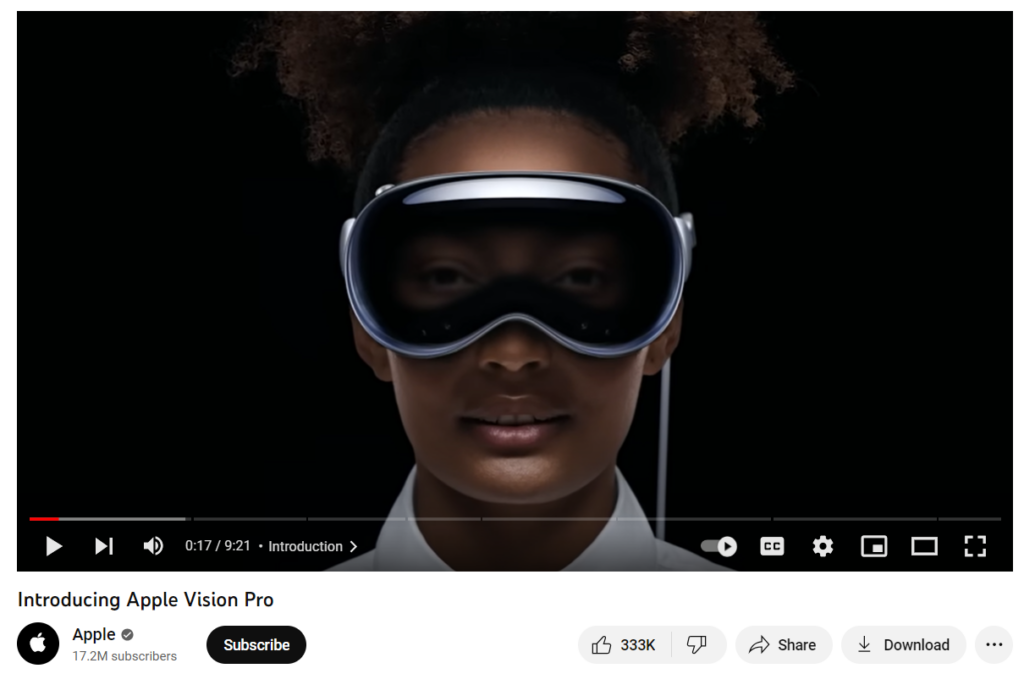
C. Infographics
If you’ve got a lot of data or information to share, infographics are your best friend. They present information in a visually appealing way, making complex topics easy to understand at a glance.
Plus, they’re highly shareable, which is always a bonus in content marketing!.

D. Blog Posts
The humble blog post is a powerhouse in content marketing.
It’s an excellent platform for providing valuable, comprehensive, and lengthy information, establishing your brand as an industry authority, and improving your SEO.
A well-written blog post can attract a steady stream of traffic to your site, providing a long-term return on your investment. Plus it’s not so difficult to make — provided you have an in-depth knowledge of your topic.

E. Podcasts
Podcasts are the rising star of content marketing, a late-comer but nonetheless vital and lead-generating.
They offer a unique way to share your insights, interview industry experts, and build a loyal audience. Plus, they’re perfect for people who prefer to consume content on the go.
So, there you have it. These are the key players in the content marketing game. Each has its strengths and can be incredibly effective when used correctly. The trick is to find the right mix that works for your brand and audience.
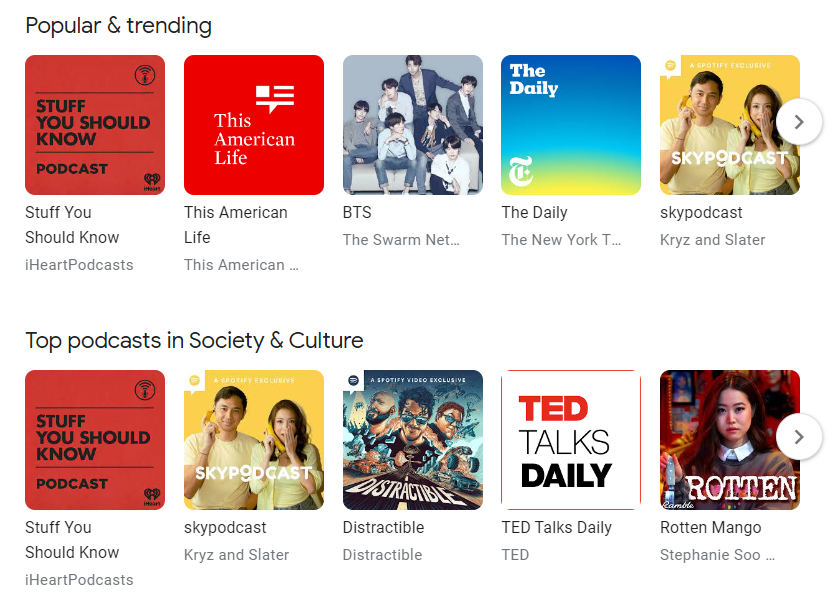
IV. Benefits of Content Marketing
It’s clear that content marketing is great for all types of businesses. But what exactly does it provide to them? What benefits can businesses get from investing their money, time, and effort into creating long, beautiful, valuable, and visually striking content?
Here are some of the most compelling benefits of content marketing:
A. Boosting Brand Visibility and Audience Engagement
Content marketing is like a spotlight, making your brand more visible to the world.
The more exciting the content, the more people engage, remember, and return to your brand.
According to the State of Content Marketing: 2023 Global Report by Semrush, 44% of marketers reported that improving the quality and value of their content has led to success in their content marketing efforts.
The iconic “Share a Coke” campaign by Coca-Cola? That’s content marketing at its finest, and it’s definitely something every business should aim for.
B. Building Customer Trust and Loyalty
Trust and loyalty aren’t just given, they’re earned. Content marketing is like that trustworthy friend who gives helpful advice. A study by Demand Metric indicates that 82% of consumers feel more positive about a company after reading custom content, and 70% feel closer to a company as a result of content marketing. This underscores the role of content marketing in building customer trust and loyalty.
When you share valuable content, customers learn to trust your brand and stick around for the long haul.
Take a leaf out of American Express’ book, their “OPEN Forum” provides invaluable insights to small businesses, earning them loyal customers.
C. Driving SEO and Website Traffic
Ever dreamt of being number one on Google? Well, content marketing can help you achieve that!
According to a report by HubSpot, companies that blog receive 55% more website visitors than those that don’t. Websites with a blog tend to have 434% more indexed pages according to a statistic by IMPACT. More indexed pages result in better SEO, which drives website traffic.This shows the power of high-quality, keyword-optimized content in driving website traffic and improving SEO.
By creating high-quality, keyword-optimized content, you’re giving search engines a reason to put your business up top.
Keyword optimization is key because you understand what words people are using in their search, you basically answer their questions.
D. Generating Leads and Increasing Conversion
Now, here’s the deal – attracting an audience is cool, but what’s even cooler is turning that audience into customers.
That’s where content marketing comes in. According to the same IMPACT article, B2B marketers that use blogs get 67% more leads than those that do not.
By educating and convincing your audience about your products or services, they might turn to people who would try buying your products.
Because of your content, your product feels not like a risk purchase, but rather a familiar face, an investment.
E. Enhancing Customer Retention
Lastly, content marketing can help you keep your customers hooked.
Content marketing has an effectiveness of 32% for customer retention, according to Semrush.
If you provide valuable content, customers will keep coming back for more. Look at Flixel, a company creating moving images called cinemagraphs. They use content to keep their customers engaged and loyal.
So, these are some of the nifty benefits that content marketing brings to the table. If you ask me, it’s great material for every business to take full advantage of.
V. Stages of content creation
While you can create content on a whim, it might not be strategic to do so. After all, you might have to do content creation for a long time. And for sustainability’s sake, try a system.
These stages of content creation will help you nail the easy steps until you have created well-crafted and publishable content.
A. Content Planning
This is the first step in content creation. Content planning is the strategic process of determining the “what, why, when, and where” of your content creation efforts.
It’s not only about brainstorming ideas but also organizing, managing, and optimizing those ideas in a way that aligns with your business goals.
1. Understanding the Business
To create content that reflects your brand and resonates with your audience, you first need a deep understanding of your business.
Dive into the core of your organization – your mission, your vision, your products or services, and your unique selling proposition.
What makes your business stand out in the crowd? How do you solve problems or add value to your customers’ lives? Answering these questions will give you a clearer perspective on how to shape your content, ensuring that it aligns with your brand and speaks in your voice.
2. Understand the Audience
Next up is understanding your audience. It’s crucial to know their age, gender, location, interests, and habits.
What problems are they facing? What solutions are they seeking? What engages them and keeps them coming back for more?
The answers to these questions will help you create content that resonates deeply with your audience. Remember, effective content marketing is about forming connections, and knowing your audience is the first step in building those bonds.
It’s effective to create an audience profile where you imagine their name, age, location, and psychographics such as their political leaning, dreams, and hopes.
3. Define your Goals
Content without clear goals is like sailing without a compass; it might be enjoyable, but you won’t necessarily get where you need to be.
Define your objectives early on. Are you trying to increase brand awareness? Do you want to boost your website’s traffic? Or perhaps you’re focused on lead generation?
Different goals will require different types of content and strategies. By setting clear and measurable goals, you can better guide your content creation process and measure its success.
4. Choose a Platform to Publish your Content
Lastly, the platform you select to publish your content is equally important.
It’s like choosing the right stage for your performance; you need to consider where your audience spends their time and which platform best complements the content you plan to produce.
a. Social Media:
Social media platforms are hotspots for interaction and engagement. They offer massive exposure due to their broad user base, making them ideal for businesses aiming for a wide reach.
Each platform has unique features and audience demographics, so choose the ones that match your brand and audience.
Famous social media to try:
- YouTube
- TikTok
b. Forums / Communities:
Forums and communities offer a more targeted approach. They allow in-depth discussions, making them perfect for detailed, knowledge-rich content.
You can answer questions, offer advice, or spark discussions around relevant topics, building credibility and authority in your industry.
Samples of communities or forums:
- Quora
- Facebook Groups
- Stack Exchange
c. Blogs (Website):
A blog on your website serves as your content hub. It’s where you have complete control over the narrative, tone, and presentation.
Consistently updating your blog with fresh, valuable content can drive traffic, improve SEO, and establish your brand as a thought leader.
Examples of great blogs:
- Ahrefs blog
- Hubspot blog
- Seth Godin
- Apartment Therapy
- Say Yes
d. Podcast Channels:
Podcasts are gaining popularity for their convenience and personal touch.
If your audience prefers auditory content, hosting a podcast could be a great way to share stories, conduct interviews, or provide in-depth discussions on industry topics.
You can find podcasts on YouTube as well as podcast-specific platforms like Apple Podcasts and Spotify.
e. How to Choose the Right Platform:
Selecting the right platform is about knowing your audience, understanding your content, and keeping your marketing goals in mind. Here’s a quick rundown:
Target Audience: Find out where your audience hangs out online and be there. Each platform attracts a different demographic, so choose wisely.
Nature of Your Content: The type of content you create also dictates the platform. For instance, Instagram is great for visual content, while LinkedIn is perfect for professional and long-form content.
Marketing Goals: Your goals also influence your choice. If it’s brand awareness, you might go for platforms with large user bases like Facebook. If it’s lead generation, consider using your website for webinars or downloadable content.
Platform Capabilities & Resources: Finally, consider the features of each platform and your resources. Ensure your chosen platform aligns with your content strategy and is manageable with your available time and resources.
So, make a wise choice and let your content shine where your audience can easily find it. Remember, it’s all about putting your content on the right stage for the best performance.
A. Content Creation
Content creation is where ideas spring to life. But it’s not just about creativity, it’s a strategic process. Let’s explore this process in more detail:
1. Research for Content Ideas and Topics:
Once you’ve decided to invest in content marketing, part of this strategy is the never-ending search for ideas and topics to talk about.
Coming up with fresh, compelling content ideas is crucial. As this will help you generate fresh content that people actually read or consume. This phase ensures you capture what’s relevant and create content that resonates.
This requires keen observation and diligent research. Explore popular keywords in your niche using SEO tools like Google Trends or SEMRush.
Investigate what’s trending on social media. Peek into forums and communities to understand what your audience is discussing, asking, or concerned about. Keep an eye on your competition, too – not to imitate but to differentiate and stay ahead.
2. Create a Content Calendar
Organizing your content creation process on a calendar brings efficiency and consistency. It’s a visual tool that gives you a holistic view of what content is due when, avoiding last-minute scrambles.
Align your content with holidays, industry events, product launches, or cultural moments. Consider factors like the frequency of posting, best days and times to post, and diversification of content types.
By doing so, you’re not only managing your resources better but also ensuring your audience always has something to look forward to.
It’s also a lot easier on your end if you have a calendar. You know what you’re going to post next, helping you prepare. Compare that to no calendar. You’ll always do things at the last minute and make random unaligned or unstrategic posts.
3. Information Research
While it’s true that you should be writing what you know, researching a lot can still greatly improve the quality of your content.
The depth and accuracy of your content largely rely on the quality of your research. So before producing the content, thoroughly investigate the topic at hand.
Use reputable sources, check facts, cite sources, and consider different perspectives. Including data or expert opinions can add substantial value to your content. Remember, your aim is not just to inform, but also to educate and enlighten your audience.
Even in the case of entertaining content, it should still be validated with research. This way, you won’t offend, malign, or say something that goes against the culture and values of your target audience.
4. SEO
Search engine optimization is a must for content marketing. After all, this tool gets you in front of your audience. Without SEO, you’re just mindlessly pumping content without being seen, consumed, or read.
Search engine optimization is a must if you want your content to reach its intended audience.
While SEO is a very specific and strategic step, you can follow these basic processes for beginners.
Start by identifying relevant keywords with a good balance of search volume and competition. Use these keywords strategically in your title, headings, meta description, and content body.
Also, create SEO-friendly URLs and use alt-tags for images. Build internal and external links to improve your content’s credibility.
However, ensure your content remains engaging and reader-friendly; after all, it’s for humans first, search engines second.
5. Draft the Content
Creating the first draft is often the most time-consuming step. This is where you put the ideas on paper (or online document). So let the awkwardness flow.
At this stage, throw away the perfection and just dump your ideas into one mess. The editing and refining can come next.
At the edit, you can focus on the following:
If it’s a blog post, start with an outline, focusing on a compelling introduction, a body that delivers on the introduction’s promise, and a conclusion that wraps things up neatly.
For any other type of content, make sure to write in your brand voice and ensure the content aligns with your goals.
If you’re scripting a video or creating visual content, focus on storytelling and visual appeal. Keep the language simple, the tone engaging, and the information digestible.
6. Finalize the Draft
Reviewing the final draft is crucial for ensuring quality. Proofread for grammar, spelling, and punctuation errors. Check the content flow, coherence, and consistency.
Make sure your content stays on point and maintains the reader’s interest throughout. Seek feedback from other team members for different perspectives. Small tweaks and improvements at this stage can significantly elevate your content.
While content creation may seem daunting, it becomes manageable when broken down into these steps. This systematic approach ensures you create content that not only engages and enlightens your audience but also stands out in the crowded digital space. Remember, great content is both an art and a science; let creativity and strategy guide your way!
C. Content Promotion
When it comes to content marketing, creating valuable, engaging content is only half the battle. The other half? Getting that content in front of the right eyes. That’s where content promotion comes in, a critical stage that involves strategically spreading your content to reach your audience and amplify your message.
1. Advertisement
One of the immediate strategies for content promotion is paid advertising. You know the phrase “you have to spend money to make money”? Well, in content marketing, that certainly holds some truth.
Advertisements, when done right, can put your content in front of a large, targeted audience quickly.
Be it Google AdWords, Facebook Ads, Instagram Ads, or sponsored tweets, choose a platform that aligns with your business needs.
Design engaging ad visuals, write persuasive copy, and run A/B tests to continually refine your approach.
Remember to leverage analytics to understand what’s working and what’s not, making data-driven decisions to maximize your advertising ROI.
2. Social Media
Social media is a powerhouse of modern-day content promotion. But it’s not just about dumping links to your content and hoping for the best.
Successful social media promotion involves community engagement – asking questions to spark discussions, responding to comments, and harnessing platform-specific features like Instagram Stories or Twitter threads to create varied, interactive content.
And yes, hashtags are your friends – they can increase your content’s visibility massively!
3. Cross-platform Publishing
Whenever you post something on a specific platform, you’re only targeting the audience from that platform. What if there is a way for you to access different audiences without having to create entirely new content?
Yes, absolutely. It’s called cross-platform publishing. This doesn’t mean you just post your infographic or video on all social media channels. Rather it means you will tailor the content into a different format.
Let’s say you create a long blog post on plumbing. You can pick some parts of that post and use it as a slideshow on Instagram. Or you can condense the tips into small Twitter threads. Other examples include repurposing your webinar into a YouTube video or a podcast episode.
Cross-platform publishing allows you to stretch the value of your content by adapting it for different platforms, each with its unique user behavior and preferences. It’s all about getting more bang for your buck (or in this case, your content).
4. Email the Email List
Who else to contact when you have something new other than your email subscribers? These people are perfect for content promotion because they are already interested in your industry and in what you have to say.
Not to mention sharing updates, exclusive sneak peeks, or extra valuable content can make your audience feel special. This increases the chances they’ll share your content with their networks.
And remember, make it easy for them to do so with shareable social media links!
5. Contact Other Websites That Might Be Interested
Why not share the love (and the content) to other sites? Reaching out to other websites, blogs, or forums that share your niche can help you tap into their audience.
Consider guest posting, suggesting a content swap, or simply asking if they’d like to share your content. It’s a win-win situation – they get valuable content, you get exposure to a fresh audience.
If it’s a relevant site and you produced really good content, the site owner might be more than happy to mention it — either in their blog post or on their social media page.
Don’t forget to return the favor by sharing their pieces too. This way, the collaboration will last longer.
6. Collaboration with Other Content Creators/Businesses
Speaking of collaboration. Nowadays, with the vast expanse of social media networks, other businesses are not the only ones you can collaborate with. There is what we call a group of people that has an influence over their audience: influencers.
There are so many ideas to try. You can do co-hosting events, conduct interviews, or create content together with influencers. Doing this not only boosts your content’s reach but also enhances its credibility. After all, two voices are louder (and often more convincing) than one!
D. Content Audit
Content audit is another important aspect of creating a successful content marketing strategy. But what is it exactly?
Content audit is the process of collating and reviewing your content to analyze its performance. This will help you identify if your content is working or not, and to see what changes you can implement to improve its performance.
After all, not every content you make will be successful. And you can’t just randomly push out content either in the hopes that you’ll eventually create something great. By doing content audit, you can figure out your content’s strengths and weaknesses, and quickly identify areas of improvement.
Now, let’s dive into how you can do content audit for your different platforms.
1. How To Audit Your Blog
Here are the steps that you’ll need to do to run a content audit for your blog.
a. Know your goals
Before you analyze any of your content, you need to know your goals first. How will you know if your content is successful, if you don’t know what kind of success you’re actually looking for? This is why it’s important to set clear and defined goals.
For example, you may want to get to the front page of search results. Maybe you want to increase comments on your blog articles. Or maybe, you want more traffic to your website.
Your goals will affect what metrics you’ll be paying the most attention to, as well as your strategy down the line. So don’t neglect this step.
b. Gather and collate your content
Now let’s move on to collating your content. You can use various SEO tools such as Google Analytics, Ahrefs, Moz, SEMrush, Screaming Frog, or the analytics tool in your CMS platform (Yoast, Rank Math, SEOPress) to do this step.
Each tool has its pros and cons, so make sure to research them thoroughly to see which one will work best for you.
Once you find your tool of choice, gather your data. Then, you can place them into a spreadsheet and categorize them. How the spreadsheet will look and what info you’ll need will depend on you, but a basic sheet will contain the following:
- URL
- Word Count of the Article
- Date of Publication
- Author of the Article (if you have multiple authors)
- Format (is it a long-form article, a round-up, does it contain videos, etc.)
- Title
- Meta Description
- H1
- Plan of Action (will you keep the article as is, improve, combine it with another article, remove, etc.)
c. Analyze the metrics
Using your SEO tool from above, you’ll also need to gather more detailed data. These could be:
- Keywords that you were targeting in the article
- Page Authority
- Shares from social media
- Backlinks
- Average Session Duration
- Bounce Rate
- Organic traffic
- Where the traffic is coming from
- Page Views
- Page Speed
You can use these metrics to analyze your blog’s performance. Let’s say that you get a lot of traffic but have a high bounce rate. This means that your content topic or title is interesting to your audience, but your actual content is not. This could be from the way it is written, or perhaps it is way too long than what your audience wants, or maybe the page is slow to load.
Or maybe, you’ll find that articles targeting a specific keyword have more Page Views. From there, you can gather that you’ll need to write more content centered around those keywords.
Of course, the metrics that you’ll pay attention to will depend on your goals. If you want to improve your SEO results, you’ll need to focus on your keywords, page speed, backlinks, etc. If you want to improve your content, you’ll need to focus on your traffic, click rate, amount of comments, etc.
Analyze the patterns and trends from these metrics, and this should give you an insight on how to further optimize your blog.
d. Improve the content
It’s now time to decide what you want to do with the content. Mark your content with different categories such as:
- Keep – content that is performing well and doesn’t need any changes
- Improve – content that is performing ok but can be improved. You can do minor tweaks such as changing the title, meta description, adding a CTA, or updating a few parts
- Rewrite – content that is short or has poor quality but is targeting a good keyword. They can be rewritten to see if they will perform better this time
- Outdated – content that contains old and inaccurate information that needs to be fully updated
- Consolidate – content that can be combined together to form a long-form article or to create into a new article
- Remove – underperforming content that gets no traffic and can be deleted
This should make it easier for you to identify which content needs improvement and the actions you need to take after. Now, you can start optimizing your blog content.
2. How To Audit Your Social Media Pages
Now let’s move on to auditing your social media pages. Here are the steps how:
a. Define your goals
Just like with your blog, having clear goals for your social media pages will help you in auditing them, as it will help you know which metric to keep track of.
Your goal will vary depending on your business, but it’s usually something like:
- Increase brand awareness
- Increase number of followers or subscribers
- Get more engagement (comments or shares) in your post
- Get more sales
- Increase traffic to your website or blog site
- Make your content more consistent with your brand style
b. List down all of your accounts
Next step is to list down all your social media accounts, even the inactive ones. Create a spreadsheet that lists all of them including some basic information, such as your username/handle, the number of followers/subscribers you have, the number of Page likes, etc.
Ideally, you should audit the content on all your accounts but if you don’t have the manpower or resources, pick an account to prioritize. This account is usually the one that has the most followers or the one that gets the most engagement.
c. Analyze the platform’s metrics
Each platform has its own built-in analytics tool. From there, you can see various metrics, such as:
- Impressions
- Engagement
- Reach
- Post likes
- Comments
- New Page likes
- Acquisition (where your users are coming from)
- Demographics
- Time when your users are most active
With this information, you can spot patterns to help you gauge and improve the performance of your social media posts.
For example, you may notice that for Instagram, you get more views when you post Reels versus Stories. Or that on TikTok, when you post at 9 am, you get more likes. Maybe using particular hashtags on Twitter get you more impressions. Therefore, you can adjust your strategy accordingly for your future posts.
This can also help you in identifying which account to prioritize. You may notice that your TikTok page gets the most engagement compared to your other accounts. You can then focus most of your efforts on creating TikTok posts, or perhaps try using TikTok Ads since it’s likely that you will get better results here.
Depending on the metric that you are tracking, add the data that you found in this step to your spreadsheet.
d. Find your top-performing posts
You should also find your top-performing post in your accounts. Then add a separate column in your spreadsheet that lists your most used format in this account (let’s say you mainly post videos) and the format of your top-performing post.
This way, you can see if there is a disparity between the content that your audience actually likes versus the content that you normally post.
VI. Budget for Content Marketing
You’re now probably wondering, how much budget should you allocate for content marketing?
According to studies, 27% of marketers say that they spent up to less than $1,000 monthly, while 20% say that their budget ranges from $3,000 to $5,000. However, 10% say that they spend up to $10,000 to $20,000.
There is no one size fits all, so you should take a look at different factors: your goals, industry, business size, tools that you need, available manpower, and resources. These factors will all affect your total budget. For example, a huge corporation will obviously have a big budget, so of course they can spend more on content marketing compared to if you are a small business.
You should also take a look at the ROI of your content marketing efforts — you may be spending more money now, but if you are getting more sales and more followers, this may all even out in the future.
There are also ways to lessen your expenses in regard to content marketing. For example, a blog is comparatively cheaper compared to producing videos for your social media. If you are just starting out, you might want to prioritize a blog first.
If you don’t have a full marketing team or funds for a marketing agency, you can also look for freelance graphic designers to help you out or try our DIY social media post templates like Facebook Post maker and Instagram Stories maker.
VII. Content Marketing vs Traditional Marketing vs Digital Advertising
How do traditional marketing and digital advertising differ from content marketing?
Content marketing mainly focuses on providing your audience with relevant and useful content that they’ll find interesting, and therefore make them more engaged and loyal to your brand. While yes, your end goal is for them to eventually buy your product or service, content marketing is a more subtle way of “marketing” to them.
This usually comes in the form of helpful blog posts, infographics showing key data, or fun relatable videos that they can enjoy. Content marketing is helpful in making an audience more invested in your brand, but is not a great way to directly promote a product.
Traditional marketing, on the other hand, is the offline way of reaching your audience. Think TV ads, radio ads, print ads, or the billboards you see.
While we are increasingly getting more online, there is still a place for traditional marketing. After all, it’s an easier way to reach people since we see it anywhere— think of the poster on the sandwich shop you frequent, the billboard on the highway, or even the wrap on the train you ride.
Digital advertising is probably the one people are most familiar with, since you also see it everywhere so long as you have a smartphone or a computer. These are the pop-up ads you see on websites, the ads you see when you go to your favorite YouTube channel, or the ads you see scrolling on your Instagram feed.
Which one will best suit your brand? This would depend on your brand and your goals. And ideally, you should be doing a mix of all three.
Still, here is a quick comparison between them to help you decide:
Content Marketing:
- Great if you want to build authority and reputation for your brand
- Great for building brand awareness, as well as building a connection with your audience
- An indirect and subtle way of marketing
- Cons are that it’s a long-term strategy, and you might not see results instantly (sometimes you might not see results at all!)
Traditional Marketing:
- Great for reaching a huge amount of audience, especially local audience
- Great if you have an older demographic or people who may not spend that much time online
- A more direct and straightforward way of marketing
- Cons is that it is the most expensive type of marketing
Digital Advertising:
- Great way to reach audience globally
- Great if you have a younger audience, or people who spend more time online
- Flexible, ads can either be subtle or more straightforward promotions
- Easier to track the data, therefore easier to adjust strategy in the future
- Cons is the amount of competition since a lot of brands are now doing digital ads
VIII. Future Trends in Content Marketing
Content marketing is constantly evolving. They are expected to keep up with new technology and tools, and with the ever-changing audience demands. While there are a lot of new trends to watch out for, two things stand out — AI and user-generated content.
A. The Role of AI
Whatever industry you are in, you’re probably already using AI tools. And content marketing is no exception.
According to surveys, 33% of content marketers use AI tools to generate ideas and inspiration for content, while 28% use AI to write content for blogs and emails.
AI can definitely help marketers generate content faster. Writing tools like Grammarly can help you edit the grammar and tone of your writing, reducing the time spent on proofreading. While ChatGPT can help you generate content about a particular topic, which you can then use as a starting point or use it to brainstorm ideas.
Aside from giving you ideas, AI tools can also help you in editing photos and images. With just a few clicks, these tools can automatically remove backgrounds, edit lighting, or enhance the quality. This can greatly reduce the time spent editing and lessen the manual labor needed.
Even in logo creation, you can now use AI logo generators to easily produce your logo.
With all these benefits, AI is definitely here to stay. If you want your brand to keep up, look into AI tools that you can incorporate in your marketing strategy.
B. The Rise of User-Generated Content
User-generated content (UGC) is online content created by customers of a brand themselves. These are usually unpaid, non-sponsored content. For example, taking a photo of a bag that you bought and posting it online is UGC. Posting a video of you reviewing your new laptop is also UGC. And yes, participating in TikTok hashtag challenges from a brand is also UGC.
To put it simply, UGC is content that customers do because they want to share their love (and sometimes dislike) about a certain product. This trend is rising in popularity due to the rise of social media, where people can freely share their content online. People enjoy posting content and getting engagement out of it.
Brands are also seeing the importance of UGC. This type of content, after all, produces the number one thing that brands have difficulty doing, and that is authenticity. Customers tend to trust other customers’ opinions instead of brands. Unbiased opinions and honest reviews are much more important to people, compared to seeing a well-produced promotion for the product.
Aside from authenticity, the amount of engagement brands get from UGC is also crucial. This is especially true for social media challenges. A TikTok challenge from Guess, #InMyDenim, went viral and has gotten over 50 million views. Just think about the amount of buzz and followers you get if you can successfully leverage UGC like this.
Not to mention, you also save a lot of time if you employ this strategy. This is because it’s your customers that create the content, not you. Sounds like a win-win right? If you want to boost your marketing strategy, consider using UGC.
IX. Final Thoughts
And there you have it!
We hope our comprehensive guide to content marketing has helped you in learning about content marketing and its importance, as well as give you an idea of how to properly create your content.
Make sure you don’t forget your branding as well. Your content, especially your visual content, should always reflect your branding to make it effective. Check out our templates such as Facebook cover maker, TikTok video maker, and YouTube Shorts maker to get started.
We wish you all the best in your content marketing journey!
